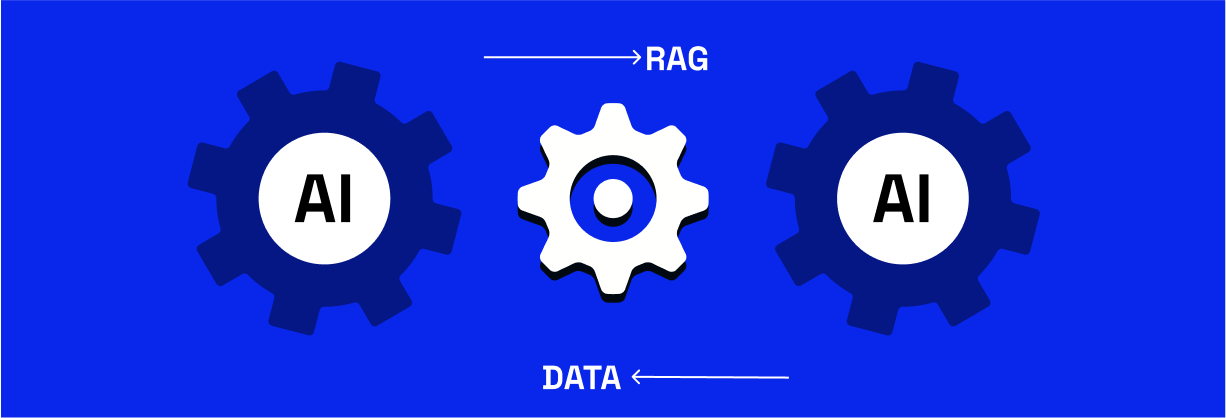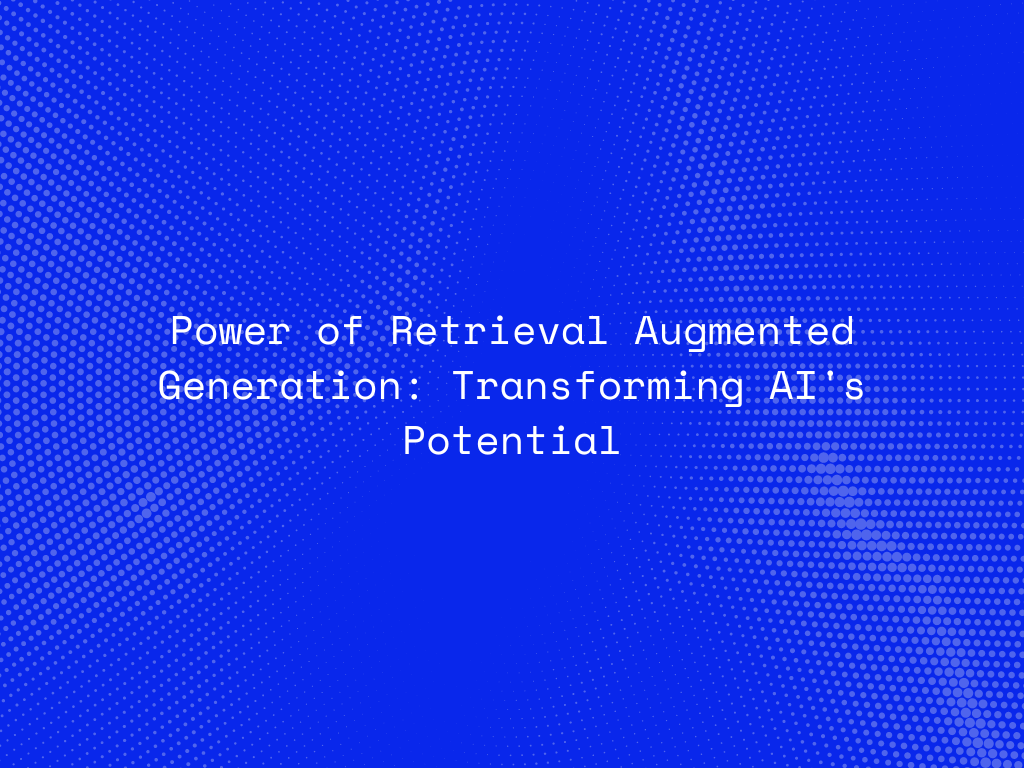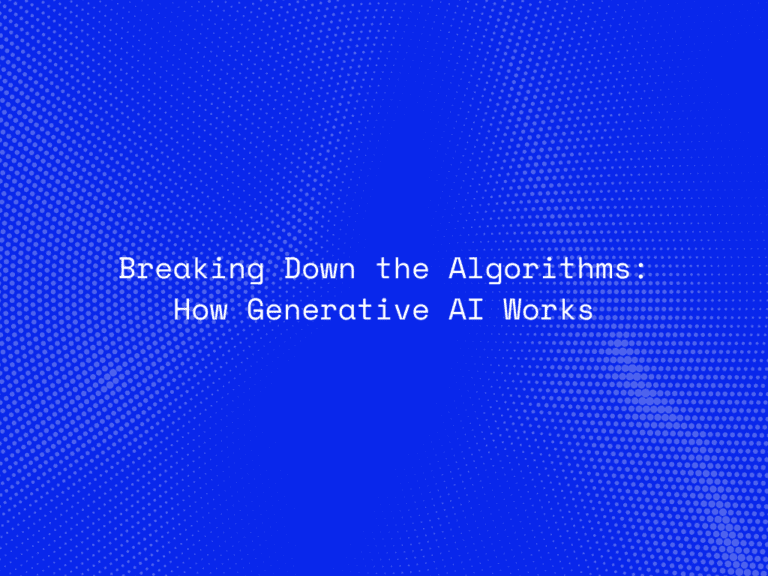In the ever-evolving world of artificial intelligence (AI), a new and intriguing concept has emerged: Retrieval Augmented Generation (RAG). This innovative approach aims to enhance the capabilities of AI models by integrating retrieval mechanisms into the generative process. But what exactly is RAG, and why is it becoming a pivotal element in the advancement of AI?
The Mechanism Behind RAG
RAG operates by combining two critical components: retrieval and generation. Initially, when a query is presented, the RAG system searches a vast database to find the most relevant information. This retrieved data then serves as the foundation upon which the generative component builds, creating responses that are not only accurate but also contextually rich.
The Components of RAG
The heart of RAG lies in its two main components: the retriever and the generator. The retriever sifts through extensive databases to find information pertinent to the query, while the generator uses this information to construct coherent and contextually appropriate responses.
RAG in Action
RAG’s versatility allows it to be applied across various industries, from customer service bots that provide more accurate responses to complex queries, to research tools that streamline the information retrieval process for scientists and academics.
The Advantages of RAG
One of the most significant benefits of RAG is its ability to enhance the AI’s understanding and response accuracy. By grounding responses in retrieved data, RAG models can provide more nuanced and informed answers than traditional AI models.
The Challenges and Limitations of RAG
Despite its advantages, RAG is not without its challenges. The quality of the retrieved data significantly impacts the system’s effectiveness, and there are inherent limitations in current technology that restrict the complexity of queries RAG can handle efficiently.

RAG vs. Traditional AI Models
When compared to traditional AI models, RAG stands out for its ability to integrate external information into the generative process, leading to a more informed and context-aware AI. This comparison highlights the potential of RAG to redefine the boundaries of AI capabilities.
Implementing RAG in Businesses
For businesses looking to adopt RAG, the process involves several steps, from selecting the right data sources for retrieval to customizing the generative component to suit specific needs. It’s crucial for businesses to consider these steps carefully to leverage RAG effectively.
The Future of RAG
As we look to the future, RAG is poised to undergo significant advancements. With ongoing research and development, RAG models are expected to become more sophisticated, further enhancing the potential of AI to understand and interact with the world around us.
Conclusion
RAG represents a groundbreaking shift in AI, offering a promising pathway toward more intelligent and context-aware systems. As we continue to explore and refine this technology, the possibilities are vast, heralding a new era of AI that is more adaptable, accurate, and ultimately, more human-like in its understanding and responses.




